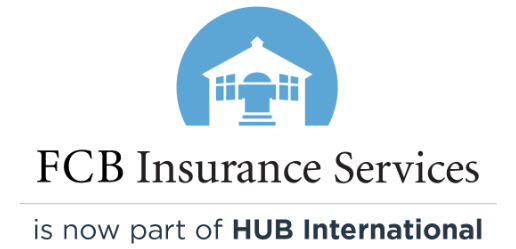
The list of risks facing construction firms is a long one: worksite injuries, skilled labor shortages, cash-flow problems, contract disputes, job site theft, defects in workmanship and material, weather delays and supply interruptions, to name just a few.
One study found that construction companies have the lowest survival rate of any type of startup. Only 36.4% of these firms were still in business after five years.
Understanding the most serious risks contractors face can help you better appreciate the perils and pitfalls in this field and help you develop risk-mitigation strategies. Here are five top risks to be aware of:
Skilled labor shortages and injuries. The Associated General Contractors of America found that 78% of construction firms are having trouble finding qualified workers. A skilled labor shortage, an aging workforce, and an influx of inexperienced workers are driving up costs and increasing injuries on worksites. Construction continues to lead all industries in the total number of worker deaths each year.
Construction defect claims. Construction defects are on the rise. Deficiencies run the gamut, from poor workmanship to serious design flaws that can cause property damage, injury and death. Most contracts have a one-year warranty period, making it hard to reach settlement on latent defects that aren’t evident until years after the work has been completed. In addition, commercial general liability (CGL) policies exclude many types of defects, and some courts have ruled that CGL policies don’t cover construction defects.
Unrealistic growth. Increasing demand and competition are driving contractors to take on more jobs and bigger projects that are beyond their capacity. The Surety & Fidelity Association of America found that overextension (taking on too much work) was the No. 1 reason why construction firms fail. Specifically, they found failures were tied to a company’s inexperience with new types of work, expansion into new geographic areas, a significant increase in the size of projects and rapid expansion.
Cash flow and accounting problems. Construction is a capital-intensive business, and contractors often find themselves strapped for cash. Construction firms run the risk of becoming overleveraged, tying up working capital in multiple projects and investing in expensive assets like heavy equipment, vehicles and tools. Contractors may underbid a project or fall behind in billing. Or they might not accurately estimate their costs or efficiently procure supplies. As a result, they often encounter financial difficulties.
Job site risks. Contractors don’t always adequately protect the job site, exposing workers to injury and leaving property vulnerable to damage or theft. If the site isn’t properly secured, equipment, tools and material may be stolen or damaged. Workers and visitors to the site may be at risk if proper safety standards aren’t followed. In addition, the danger of a fire is quite high on a construction site. All of these risks can result in costly losses and expensive liability exposure.
Warning signs
These are the more consequential risks you’re faced with today, but there are other risks as well. The Surety Information Office has compiled a list of warning signs that your construction firm may be experiencing:
- Ineffective financial management systems
- Bank lines of credit constantly borrowed to the limit
- Poor estimating and job-cost reporting
- Poor project management
- Lack of a comprehensive business plan
- Communication problems
Managing subcontractors
Construction may be risky, but there are measures you can take to protect your company. High among those is managing risks your subcontractors bring to a project. Those exposures are myriad and can cause immediate, long-term and sometimes irreparable harm to your project. These precautions will go a long way toward ensuring your project is satisfactorily completed and your firm is financially strong at the end:
- Vet subcontractors thoroughly before hiring them
- Make sure they are licensed, bonded and insured
- Hold subcontractors to contracts that clearly state job requirements and establish who is liable for what
- Communicate with subcontractors regularly
- Establish a detailed work schedule
- Document job progress
Contact your insurance professional and make sure you have a full array of protection in case things go wrong.
